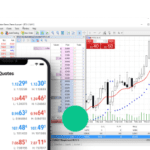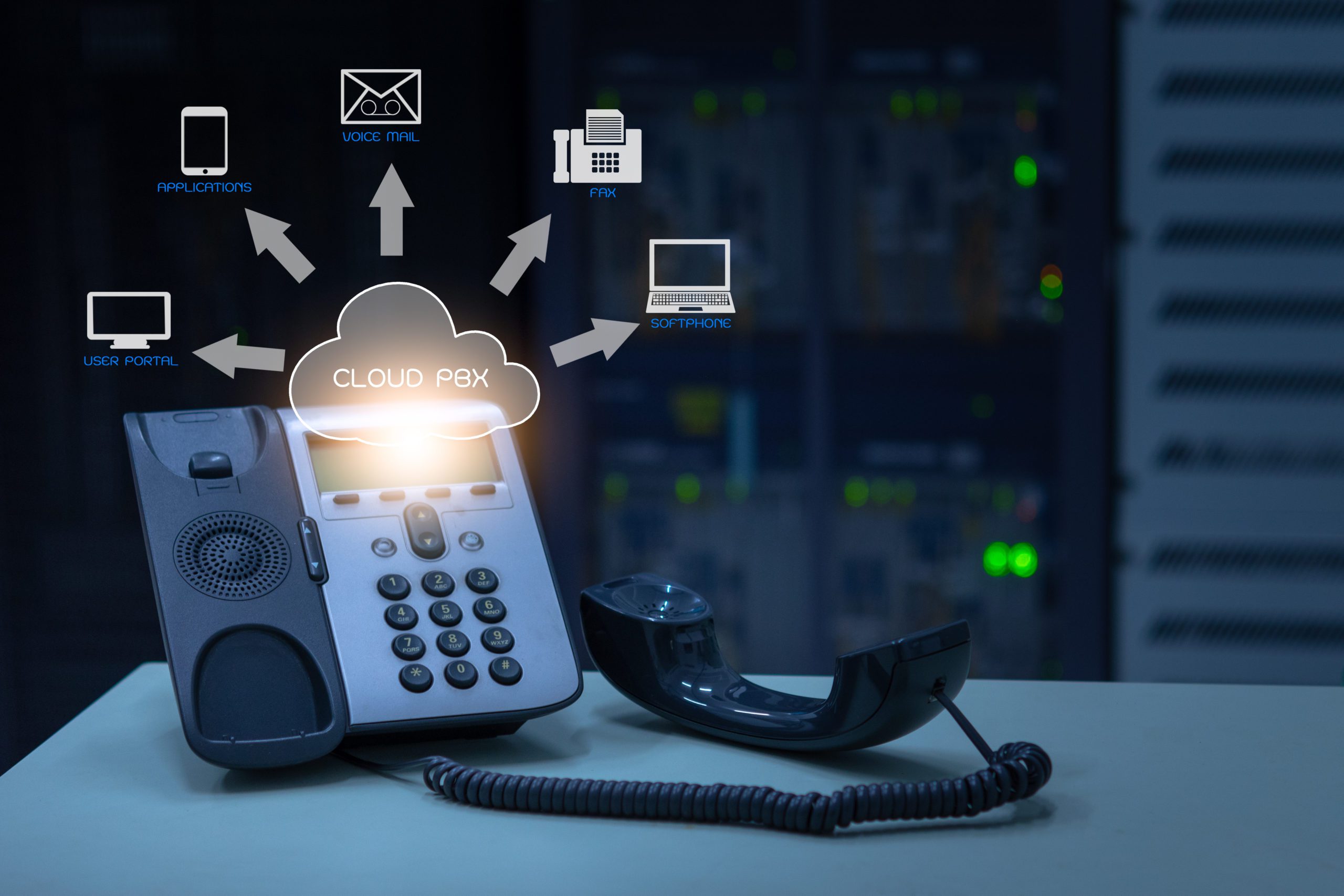There is essentially no way for businesses to keep up-to-date with continuously changing environmental regulations without a significant increase in expenditures. And, of course, no one wants to pay the rapidly escalating fines associated with non-compliance.
If we’re completely honest, win-wins have been hard to come by for companies for quite some time. And the high costs of environmental sustainability have made CEOs highly skeptical rather than energetic and encouraged.
But, imagine this: environmental monitoring and compliance as an additional income stream. Imagine reconciling economic growth with the resolution of environmental concerns. Imagine if businesses could legitimately view environmental monitoring as an opportunity rather than a burden.
Read on to envision this halcyon future and learn about the advantages of green IoT. Below, we’ll explore four effective and viable examples of smart eco IoT projects designed for internet of things development company environmental sustainability.
Diminishing Fines for Poor Water Quality
The primary limiting factor in many cases for urban planning is the water supply and restrictions on water quality management. Unfortunately, this reality means that there are some situations where the only water available will be of marginal quality. In these circumstances, there’s no way around the fact that some populations will suffer from consuming untreated or partially treated wastewater with the resulting waterborne diseases.
It may seem reasonable to assume that situations like this only emerge in faraway places or developing countries. But the truth is that over 7 million Americans fall ill every year from waterborne diseases spread through their drinking water.
No wonder businesses are now paying record fines due to sewage and wastewater leaks or accidents that cause water pollution. Fortunately, IoT for environmental monitoring can help you avoid millions of dollars in civil penalties and criminal fines.
Case Study
Let’s consider a management district for wastewater in Ohio. It used separate sewers for sanitary sewage and stormwater without control of water levels within sewage pipes. As a result, water from multiple pipes could mix into a single overflow pipe when heavy rainfall occurred. This pipe diverted into a nearby lake, resulting in severe water pollution issues.
This wastewater management district implemented an automated flow rate monitoring solution to eliminate these risks. This solution uses data loggers to continuously monitor the water levels and the flow raised within the system. When this solution recognizes dramatic changes in water level, it notifies operators so that the company can take appropriate action. As a result, the overall infrastructure and capital expenditures remain the same, the operational efficiencies increase, and the risk of this water pollution incident drops to zero.
Project Outcomes
- Smart monitoring systems monitor fill levels and alert operators when water reaches predetermined heights.
- Smart automatic rain gauges relay rainfall data and send flood alerts
- Sewage no longer mixes with stormwater, avoiding pollution to the nearby lake.
Benefits of Air Quality Monitoring in Public Transportation
We already know that air pollution damages human productivity and cognition, saps motivation, and results in lost working days and unnecessary sick leave. Beyond this, it is also well-established that air pollution does broad harm to human health and, ultimately, such pollution costs lives. Air quality in the United States is a significant but widely underestimated problem.
It is fair to say that very few people seriously doubt the value of air pollution monitoring systems. However, the cost of these systems is a significant obstacle to their deployment. The substantial price tag prevents or slows the expansion of air quality monitoring networks. This situation is what makes the following examples of creativity so impressive.
Case Study
It is fair to describe Salt Lake City as being among America’s most dynamic cities. A serious push for development began well before the 2002 Olympics and never slowed down or stopped. In Salt Lake City, we can see one of the fastest urban sprawls in our country’s history in real-time. However, it’s a massive challenge for the authorities to manage such changes at such speed. Salt Lake City’s air quality ranks among the worst in the United States due to this unusually rapid development.
The Salt Lake City authorities opted to install environmental monitoring and control systems to address this problem. The trouble was that the city did not have an existing network of air pollution monitoring systems. However, some outside-the-box creative thinking helped the Salt Lake City Council develop a workable solution. First, they decided to buy air quality sensors at around $200 each. Then, they had these sensors installed in TRAX trains’ driver’s cabs. By doing this, the city council has transformed a commuter train system into a mobile air pollution data capture tool as it travels through the city.
When we encounter examples like this, the future scope of air pollution monitoring systems looks much less daunting.
Project Outcomes
- Salt Lake City avoided investing millions of dollars in air pollution monitoring equipment. Instead, it got a more effective and vastly more affordable solution. Recent advances in environmental monitoring and modelling make projects like this accessible and scalable.
Low-income communities and businesses with limited budgets can copy or take inspiration from this solution.
Recording and Storing Data to Manage a Pharma Inventory Solution
Drug pollution in waterways is a huge issue. More than 25% of rivers in the world have at least trace levels of pharmaceuticals. A primary contributor to this problem is poor pharmaceutical industry inventory management.
Although not every business works with hazardous materials, any company would want to minimize product loss or spoilage and the resulting inventory wastage. Each of these represents lost money and reduced profits. To achieve these aims, companies must monitor proper storage and temperature control conditions.
Case Study
The OpreX Environmental Monitoring System, created by Yokogawa, monitors manufacturing conditions within the pharmaceutical industry. This tool collects and records all relevant environmental data within manufacturing or production and inventory storage areas.
The system monitors specified parameter changes to help businesses comply with standardized storage conditions. When the system detects any aberrations, it will alert the relevant personnel to take the necessary actions to remedy the situation. This system and the human actions resulting from it guarantee that production and storage conditions can remain in line with any applicable industry or government regulations and guidelines. As a result, these valuable pharmaceuticals and precursors retain their usefulness.
Project Outcomes
- This system monitors the storage locations where these potentially hazardous materials are kept.
- The system tracks data parameters to ensure storage follows all regulatory requirements.
- Fewer resources are necessary to manage and maintain the company’s inventory.
Controlling Irrigation to Cut Costs
Agriculture has historically been a very conservative industry. However, times are changing! Farmers have no choice but to carefully weigh their use of land, pesticides, fertilizers, and other agricultural inputs to avoid fines and reputational damage. These new requirements don’t make agriculture any easier. Still, there’s no way around them in a world facing significant changes because of human activities. The global population also continues to grow, driving increased food consumption. Farmers have no choice but to boost their crop yield and improve the quality of their products to keep up with demand and stay ahead of the competition. The question is: how can farmers achieve these mutually exclusive objectives while avoiding their traditional approach and keeping environmental sustainability front of mind?
Case Study
Growficient is a Dutch startup making smart irrigation products. This solution helps target the areas most in need of attention using IoT environmental monitoring sensors. The deployed devices take continuous climate and environment data measurements, including soil water and acidity levels. Then, the platform makes necessary adjustments to irrigation schedules and processes. This system results in farmers having far more efficient land and crop monitoring tools. The system also makes it much easier for farmers to monitor and control their use of resources, specifically to reduce their water consumption.
Project Outcomes
- Farmers can better monitor their field operations while gauging their water usage to their crop’s needs.
- This IoT solution’s water volume tracking helps farmers avoid the unnecessary use of precious water.
Conclusion
Green and responsible corporate and agricultural management practices benefit consumers and businesses. IoT-based environmental monitoring can reduce manufacturing costs, slash inventory waste, and increase efficiency and savings. The crucial step is finding the right approach, and part of that is choosing a trusted partner to help you implement IoT in the best way for your company’s needs, Softeq is your trusted partner. We will be happy to help you implement and install an IoT smart environment monitoring system that fits the needs of your business.






